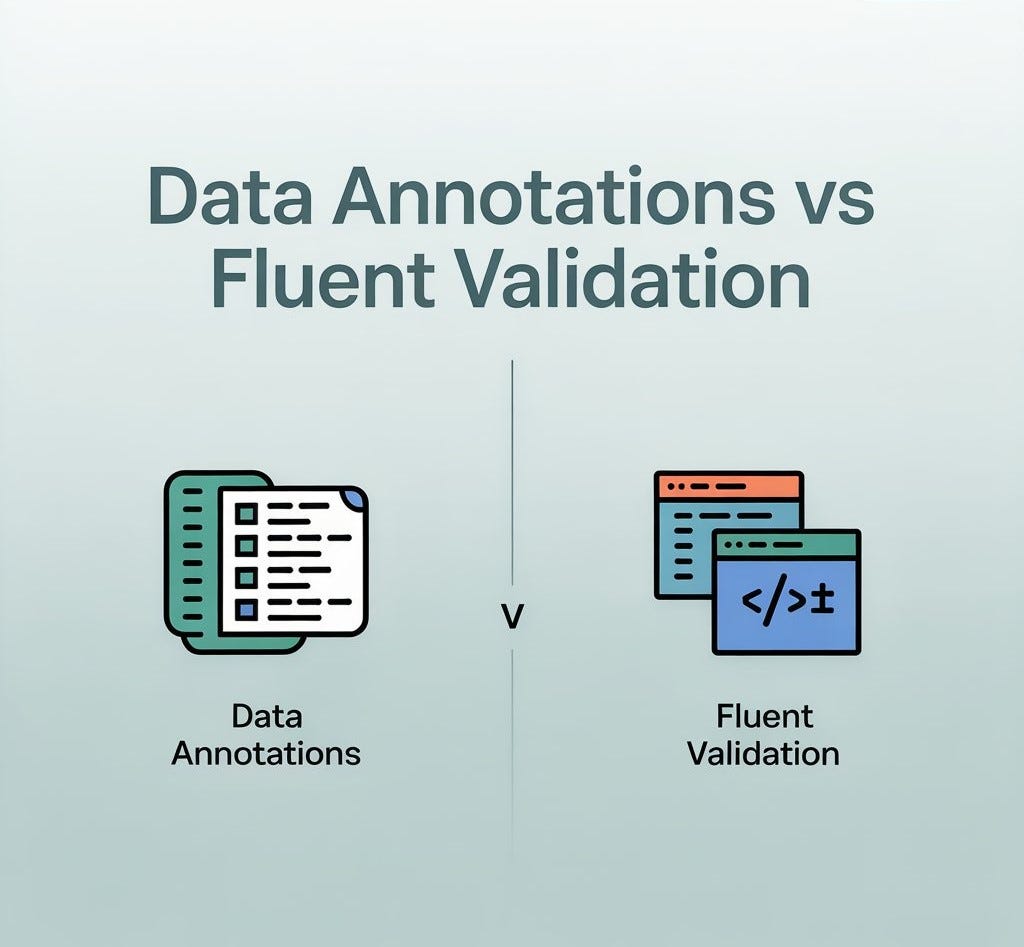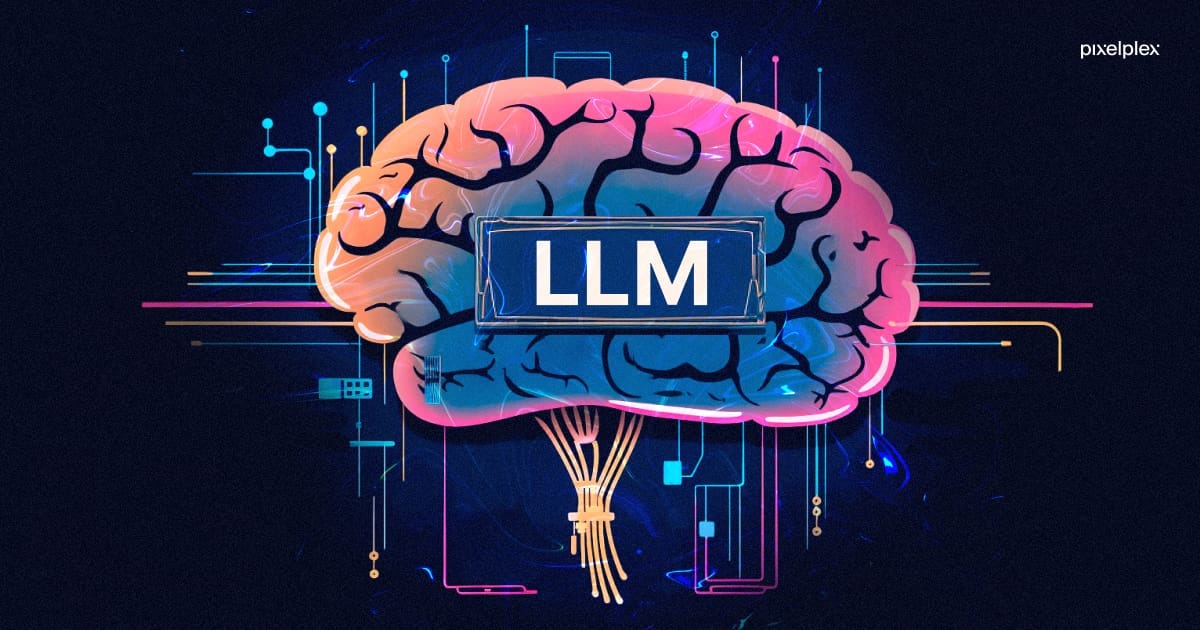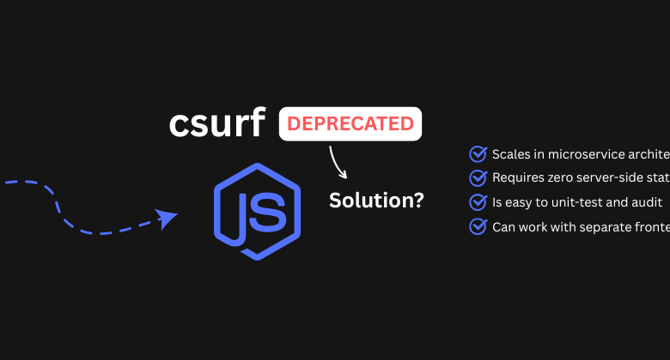Programming News
Self-Learning-Java
408

Image Credit: Self-Learning-Java
Reading Request Attributes as a Map in Javalin
- The application demonstrates how to read all request attributes in Javalin.
- It includes steps like creating a new Maven project, updating pom.xml with dependencies, defining JsonUtil and main application class.
- The main class involves setting up routes to assign attributes and retrieve them as a map, which is then converted to JSON format.
- After building and running the application, users can test the API to see the request attributes being displayed.
Read Full Article
24 Likes
Dev
390

Image Credit: Dev
Practical Pydantic: Data Transformation, Aliases, and Validators
- Pydantic offers advanced features like custom validators, field aliases, and model configuration for data transformation and validation.
- Custom validators in Pydantic enable bespoke validation logic at field or model levels, allowing tasks like trimming whitespace or checking field relationships.
- Validators can run pre- or post-validation, useful for data cleaning and enforcing rules after type checking.
- Field aliases in Pydantic help map model fields to different keys in input data, essential for working with varied naming conventions.
- Model configurations using model_config allow defining model-wide settings like handling extra fields, enforcing immutability, and generating aliases.
- Combining defaults, validators, and aliases in Pydantic models leads to robust and adaptable solutions, ideal for API integration.
- Best practices include isolating custom logic in validators, utilizing built-in constraints, limiting alias usage, and avoiding in-place mutation.
- Common pitfalls to avoid involve excessive use of root validators and not handling None in pre-validators.
- Custom validators, field aliases, and model configuration enhance Pydantic's data handling capabilities, offering flexibility and production readiness.
Read Full Article
23 Likes
Dev
18

Image Credit: Dev
How to Implement Centralized Dark Mode Custom Theme in Tailwind CSS v4
- Developers upgrading to Tailwind CSS v4 faced challenges with dark mode customization.
- Tailwind CSS v4 makes it easier to manage dark mode, reducing repetitive code and style duplication.
- Migrating from v3 to v4 involves updating CSS using the new @theme syntax and defining light and dark mode styles in the same custom theme block.
- Troubleshooting steps include ensuring proper class assignment, checking CSS loading order, confirming custom properties support, and using effective media queries for dark mode.
Read Full Article
1 Like
Self-Learning-Java
87

Limitations of Simple Prompting in LLMs: Why We Need More Sophisticated Approaches
- Simple prompting in LLMs, like generating interview questions on 'Programming Languages', has limitations that may affect relevance and quality of output.
- Key limitations include the broad scope of context, leading to questions on various languages, and lack of specific formatting instructions.
- Moving beyond simple prompts is essential to leverage generative AI effectively and bridge the gaps in context, precision, and specific instructions.
- Advanced prompting techniques can enhance the capabilities of generative AI and revolutionize how we interact with artificial intelligence.
Read Full Article
5 Likes
Discover more
- Software News
- Web Design
- Devops News
- Open Source News
- Databases
- Cloud News
- Product Management News
- Operating Systems News
- Agile Methodology News
- Computer Engineering
- Startup News
- Cryptocurrency News
- Technology News
- Blockchain News
- Data Science News
- AR News
- Apple News
- Cyber Security News
- Leadership News
- Gaming News
- Automobiles News
Self-Learning-Java
408

Creating Advanced Prompts
- Working with Large Language Models (LLMs) requires effective prompt engineering to guide them for best results.
- The Two Main Steps to Writing Prompts: Creating a detailed prompt for LLMs to understand and continuously improving the prompt based on response.
- Moving Beyond the Basics: Understanding why certain prompts work better, testing different prompts for optimal results, and consistently improving prompt quality.
- Simple Tips for Writing Great Prompts: Be clear, provide context, experiment with different prompts, and assign roles when necessary for effective communication with LLMs.
Read Full Article
24 Likes
Medium
224

Image Credit: Medium
Comparing Data Annotations and Fluent Validation in .NET Core
- Input validation in ASP.NET is crucial to ensure correct, secure, and usable data within applications.
- In .NET Core, Data Annotations and Fluent Validation are two primary tools for input validation in MVC applications.
- Data Annotations use attribute-based approach for enforcing validation rules, while Fluent Validation offers a more flexible, programmatic way to define rules.
- Data Annotations are simpler and integrated tightly with ASP.NET MVC's model-binding and validation pipeline, while Fluent Validation offers greater flexibility and maintainability for complex scenarios.
Read Full Article
4 Likes
Dev
160

Image Credit: Dev
🔁 1128. Number of Equivalent Domino Pairs – Explained with Code in C++, JavaScript, and Python
- The problem involves finding the number of equivalent pairs of dominoes in a given list.
- The solution involves normalizing the dominoes and using a hash map to efficiently count the pairs.
- The optimal solution is implemented in C++, JavaScript, and Python.
- The time complexity is O(n), and the space complexity is O(1) due to a fixed array size.
Read Full Article
9 Likes
Dev
161

Image Credit: Dev
Milestone Two: Build 8 Is Here, and It’s a Big One
- Tavrn has reached Build 8, marking a significant milestone in their platform development.
- New features in Build 8 include a functional server system, real-time messaging, roles, permissions, and server-wide settings.
- This update transitions Tavrn from a messaging app to a full-fledged community space, focusing on community interaction and functionality.
- While Build 8 introduces major changes, there are additional undisclosed features in the works for future updates.
Read Full Article
9 Likes
Dev
243

Image Credit: Dev
Daily JavaScript Challenge #JS-169: Find the Missing Number in Consecutive Array
- Today's JavaScript coding challenge is to find the missing number in a consecutive array from 1 to n.
- Developers are encouraged to participate by forking the challenge, writing a solution, and testing it.
- Additional resources and documentation on arithmetic progression are provided for learning.
- Participants can join the discussion by sharing their approach, interesting edge cases, and learnings in the comments.
Read Full Article
13 Likes
Inside
119

Episode 35 “Stream Gatherers” with Viktor Klang
- Ana is joined by Viktor Klang, core JDK architect and author of the Stream Gatherers JDK Enhancement Proposal, to discuss the Gatherers API in JDK 24.
- Viktor explains how Gatherers extend the Java Stream API with custom intermediate operations, their significance, and benefits for Java development.
- He provides practical tips for effectively using the Gatherer API, shares insights on the design process, and highlights the role of community feedback in shaping JDK features.
- Additional resources and links mentioned include JEP 485, The Gatherer API Tutorial, and the Stream Gatherers - Deep Dive with the Expert. Check out Dev.java, OpenJDK, and Oracle Java for more information.
Read Full Article
7 Likes
PlanetPython
202

Image Credit: PlanetPython
Seth Michael Larson: Voicemail for notifications
- A discussion on Nagging notifications for mobile applications that don't provide useful information but simply remind the app's existence was seen on Mastodon.
- The comparison was drawn with the evolution of landline calls, where the addition of voicemail led to a decreased utility of phone calls and a shift towards text messages for communication with greater responses.
- The author mentions how unknown phone numbers going straight to voicemail and the need for better filtering on mobile phones to avoid unnecessary disturbances and improve user experience.
- The concept of 'voicemail for notifications' is proposed, suggesting mechanisms for receiving notifications as a daily summary or ability to filter notifications based on patterns.
Read Full Article
12 Likes
Dev
330

Image Credit: Dev
SafePlate AI - Programmatically Post to Facebook
- SafePlate AI was developed to assist individuals with food allergies by simplifying meal planning and ensuring food safety.
- One of the features added to the product is the ability to programmatically post recipes to Facebook using technologies like Google Cloud Platform, Ionic, NestJS, and Vertex AI.
- To post to Facebook, prerequisites like registering as a Facebook Developer, obtaining necessary permissions, and generating Page Access Tokens are required.
- Common pitfalls and best practices when posting to Facebook Pages programmatically include permissions, access tokens, deprecations, rate limits, and error handling.
Read Full Article
19 Likes
Medium
335

Image Credit: Medium
Transforming Intelligence: The Era of Generative AI and LLMs
- The article discusses the era of Generative AI and Large Language Models (LLMs) as a significant time for those interested in AI, machine learning, and related architectures.
- It extends from the author's previous works on Generative AI and LLMs, delving into the Chain-of-Thought Reasoning Protocol and Model Context Protocol to enhance LLM performance.
- The Model Context Protocol (MCP) addresses the forgetting problem in LLMs, enabling them to retain and utilize context for long sequences of inputs.
- Mixture of Experts (MoE) and Switch Transformers are introduced as new approaches for building efficient and powerful large language models, improving performance while using fewer computational resources.
- Efficient Transformers like Longformer and Linformer optimize self-attention mechanisms for long text sequences, while Vision Transformers (ViT) extend transformer applications to vision tasks, outperforming CNNs in image classification.
- The discussion also touches on the future of artificial general intelligence (AGI) and emerging architectures that pave the way for more advanced machine intelligence.
- The article highlights tools like Perplexity, a conversational AI assistant offering fast, reliable answers, which feels like chatting with a knowledgeable assistant and is available across various platforms.
- Overall, the article emphasizes the continuous growth and learning in the field of AI, encouraging readers to stay curious and engaged in exploring new technologies and advancements.
- The advancements in Generative AI and LLMs open doors to innovative applications and research, driving the future of artificial intelligence toward more intelligent and versatile systems.
- The article showcases examples and discussions on various protocols, models, and techniques that enhance the efficiency and performance of LLMs and related AI architectures.
Read Full Article
20 Likes
Dev
13

Image Credit: Dev
🚀 Introducing AquaScript: Your Ultimate Free JSON API Hub for Developers
- AquaScript has launched a free JSON API hub for developers, offering instant access without sign-ups or API keys.
- The platform provides fast responses, diverse data categories like books, movies, jokes, and recipes, and ensures regular updates for data accuracy.
- API categories include Books & Books+, Movies & Movies+, Quotes & Quotes+, Jokes & Programming Jokes, Users, Recipes, and Songs.
- AquaScript is led by a team of developers aiming to simplify and accelerate the development process, with thousands of developers already benefiting from the platform.
Read Full Article
Like
Medium
73

Image Credit: Medium
Building Your Own HMAC-Signed Double-Submit CSRF
- CSRF (Cross-Site Request Forgery) is a security vulnerability where an attacker tricks an authenticated user to submit malicious requests in your web application.
- Two common CSRF protection patterns include Synchronizer-Token and Double-Submit Cookie, with the former being stateful and the latter being stateless.
- The HMAC-signed double-submit CSRF pattern is a stateless, purely functional design that involves functions like generateRawToken, signToken, bundleToken, and unbundleToken to ensure secure token handling.
- By implementing this pattern in frameworks like Express and front-end technologies like React/Vue/Angular, developers can enhance security without relying on deprecated packages.
Read Full Article
4 Likes
For uninterrupted reading, download the app